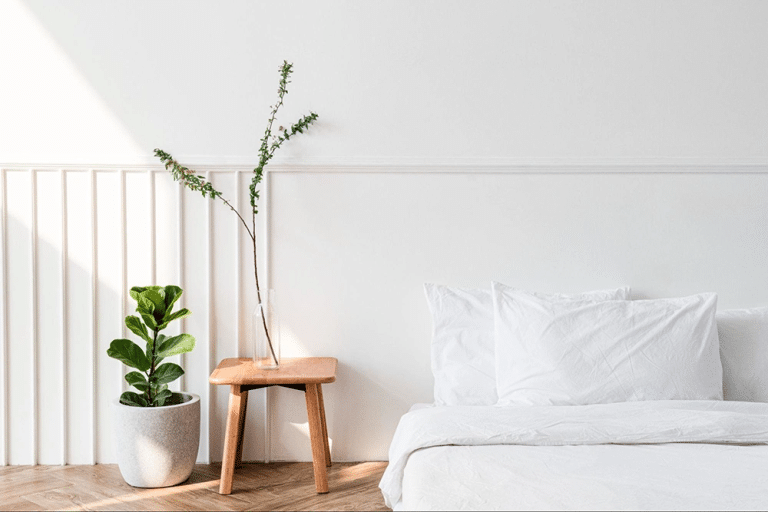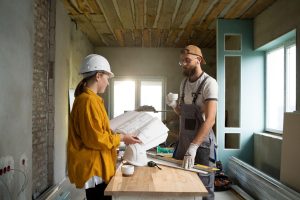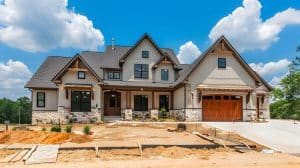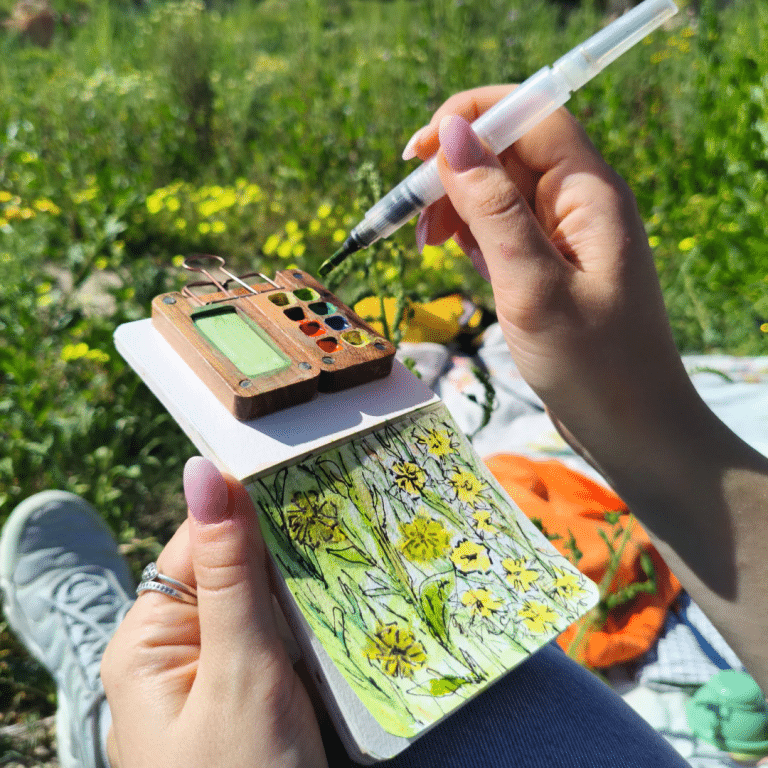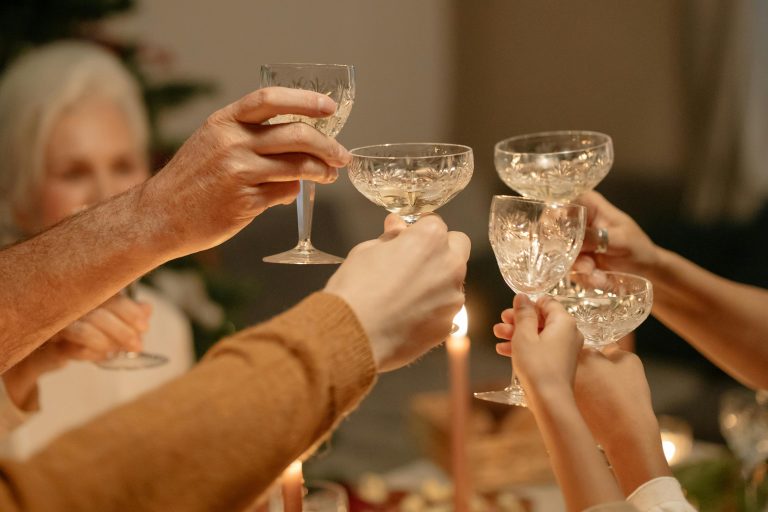If you’ve ever walked into a beautifully staged home and felt that your photos didn’t quite capture the vibe, you’re not alone. Interior real estate photography can be tricky, especially when you’re working with tight spaces, mixed lighting, or rooms that just don’t seem to cooperate. As a real estate photographer, you know that good photos can make or break a listing.
The right shot can bring out the warmth of a room and get potential buyers to stop scrolling and take notice. In this article, you’ll find 7 simple and practical tips that can help you level up your interior photography instantly, without needing fancy equipment or a full-day shoot. Let’s get started.
7 Tips for Better Interior Photos
Here are the 7 tips that can help you to get better interior photos:
1. Use Natural Lighting
When it comes to photographing interiors, natural light is your best friend. Try to shoot when there’s plenty of daylight coming in through the windows. Turn off all artificial lights before you start.
This might sound strange since lights brighten up a room, but artificial lighting adds a yellowish tint that can make your photos look dull or off. It also creates harsh shadows, especially from overhead fixtures. Natural light gives your photos a cleaner, whiter look that feels more inviting.
If the light isn’t strong enough, you can always brighten the image during editing. It’s easier to fix underexposed photos than to correct color casts from mixed lighting. Just make sure you’re shooting at the right time of day.
2. Edit all your photos
No matter how good your shot looks straight from the camera, a little image enhancement always helps. Adjust brightness, contrast, shadows, and highlights to make the image pop.
You don’t need to go overboard. Even simple tweaks can take a photo from average to scroll-stopping. Straighten the frame, crop any distractions, and enhance the colors just enough to reflect the real atmosphere of the room. Apps like Lightroom or Snapseed work great, and presets can save you time if you’re editing in bulk.
3. Shoot for Social
Most homebuyers are browsing listings on their phones. And many times, they see homes shared through platforms like Instagram, Facebook, or WhatsApp.
So frame your photos with social media in mind. Use vertical shots that look good on mobile screens. Focus on creating clean, clutter-free compositions with clear focal points. Make sure rooms look spacious and staged, not just photographed. Add a few lifestyle elements like plants or cozy cushions to make the space feel lived-in but not too personal.
A photo that pops on Instagram is more likely to get saved, shared, or clicked through, which gets more eyeballs on the property.
4. Shoot Early in the Morning or Late in the Afternoon
Timing matters. For real estate interiors, the best light usually comes in the early morning or late afternoon.
Midday sun can create sharp shadows and bright spots that ruin a photo. For example, you might have a nice living room, but if the sunlight is blasting through the windows at noon, it’ll create streaks or overexposed areas.
Overcast days are actually great for interior shoots. The soft light makes rooms look evenly lit and welcoming. Always walk through the space before shooting to see how the light falls, and adjust your timing if needed.
4. Shoot Straight On
One simple rule to instantly improve your photos is to shoot straight on. This means keeping your camera level and parallel to the wall or main subject.
If you’re capturing a bedroom, stand right in front of the bed and shoot from chest height. If you’re photographing a kitchen, face the cabinets or island head-on. Straight shots make rooms feel more balanced and easier to understand, especially for buyers who are scrolling through multiple listings.
Avoid tilting the camera up or down, and try not to shoot from odd angles unless you’re highlighting something specific. Straight-on shots help viewers imagine themselves in the space.
6. Shoot Through Doorways to Get Better Angles
Framing a room through a doorway is a great way to show how different parts of the home connect. It also adds depth to your photo, making the space feel larger.
For example, if you’re shooting a dining room, step back and shoot it through the archway or from the hallway. This gives potential buyers a sense of flow in the layout, which is hard to explain in words but easy to show in a photo.
7. If You’re Using a DSLR Camera, Shoot in RAW Format
RAW files capture much more detail than JPEGs and give you extra control when editing. If you’re serious about interior photography, this setting can make a big difference.
RAW images retain more color information and exposure data, so if your photo is a little too dark or the colors are slightly off, you can fix it without losing quality. It also helps when correcting shadows, highlights, or white balance issues.
Just make sure you have enough storage space and editing software that can handle RAW files, like Adobe Lightroom. It takes an extra step in your workflow, but the quality boost is worth it.
Closing Thoughts
Interior photography doesn’t need to be complicated. With a few simple adjustments, you can get photos that feel natural and pull people in. Keep practicing, stay patient with the process, and let the space speak for itself. The results will follow.


